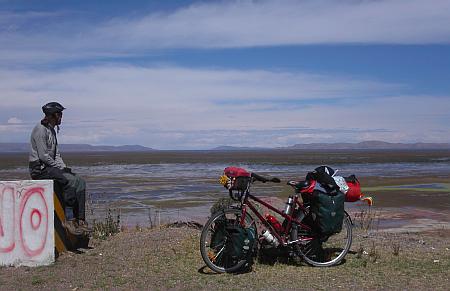
| |
|
| previous report | next report |
At Lake TiticacaPrepared at "Papa Panda" Alejandro in San Pedro de Atacama, Chile and finished at Miguel in Antofagasta, Chile at January 30th 2005After 10 days in the beautiful landscape of the Andes between Cusco and Juliaca, we reached Lake Titicaca. This gigantic lake at about 12,500 ft above sea level is the "highest navigable sea of the world". Many important historic certificates and exciting cultures are located at and on Lake Titicaca. |

| |
|
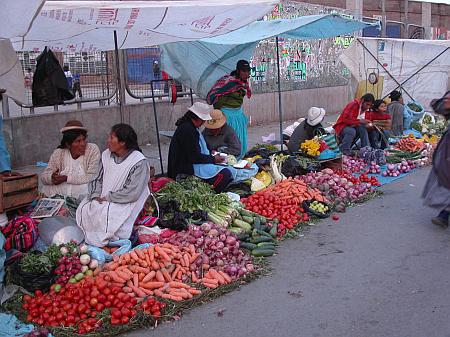
| |
|
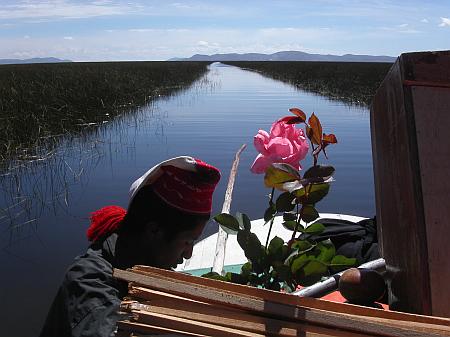
| |
|
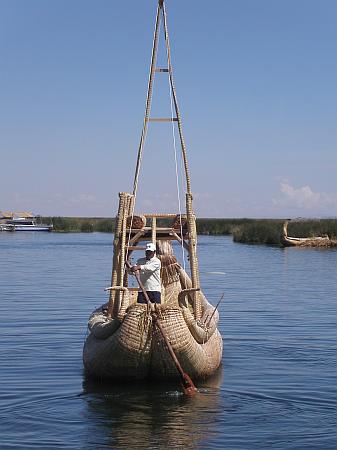
| |
|
| ||
|
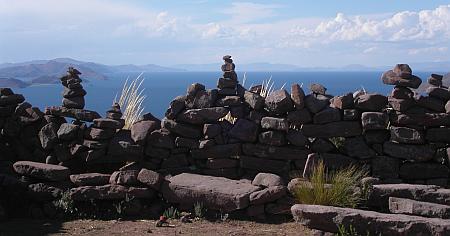
| |
|
| ||
|
| ||||||
|
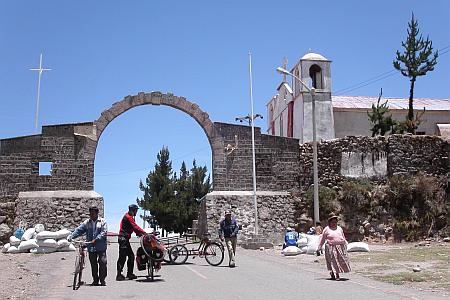
| |
|
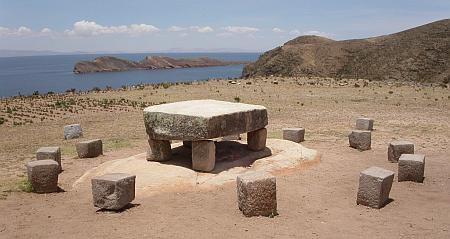
| |
|
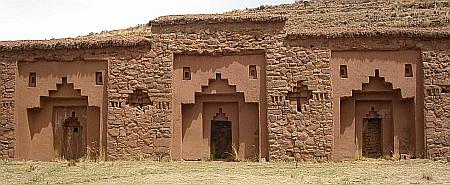
| |
|
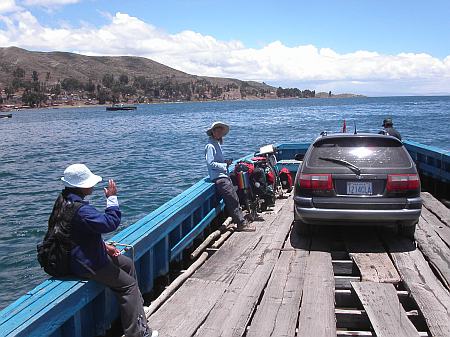
| |
|
| previous report next report |
|